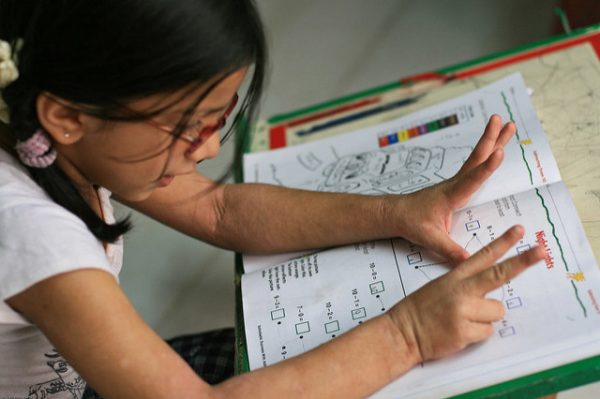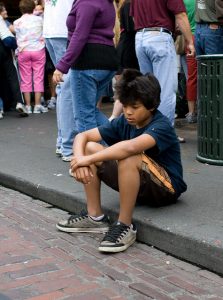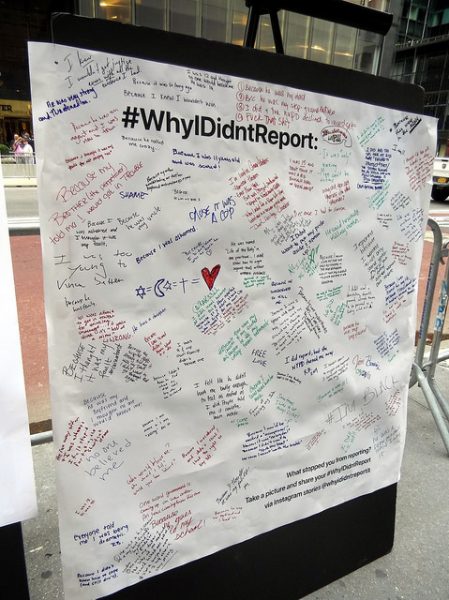
There are two understandings of how schools affect inequality. On the one hand, evidence suggests that schools increase inequality by providing more advantages to students who are better off to begin with. On the other, schools are hailed as society’s “great equalizer” and believed to provide opportunities for all children to get ahead. New work from von Hippel, Workman, and Downey revisits whether schools can compensate for family inequality.
The researchers replicated an earlier study that compared kindergarteners’ reading and math progress during the school year to their progress during summer vacation. Looking at summer vacation allows researchers to focus on inequality due to differences in the home. And by comparing summer vacation progress to school year progress, researchers can determine whether schools are making those differences larger or smaller. The earlier study found that, while inequality grew substantially between the start of kindergarten and the end of first grade, it grew much faster during summer vacations than it did during the school year. The researchers concluded that schools, in fact, were slowing down the growth of gaps due to inequalities in the home.
In the new study, von Hippel, Workman, and Downey tested children who began kindergarten in 2010 with an updated measurement of achievement to see if school affected inequality differently in this younger cohort. For most students in both the original and the younger cohorts, gaps grew more quickly over summer vacations. For the 2010 cohort, however, the variation in scores upon entering kindergarten was reduced by the time they finished second grade. This means that not only are schools slowing down the growth of achievement gaps, they’re actually shrinking them. Yet, this finding was not the same for all children — for African American students, the pattern was reversed, with gaps growing wider when school was in session.
While it is heartening to know that schools have the ability to close achievement gaps, these early childhood gaps — especially those in basic reading and math — are still an issue. Since these gaps emerge before students begin kindergarten, later school or summer interventions are palliative, rather than preventative. It may therefore be wiser to develop policies that reduce inequalities among parents and their children before they’re old enough to enroll.









